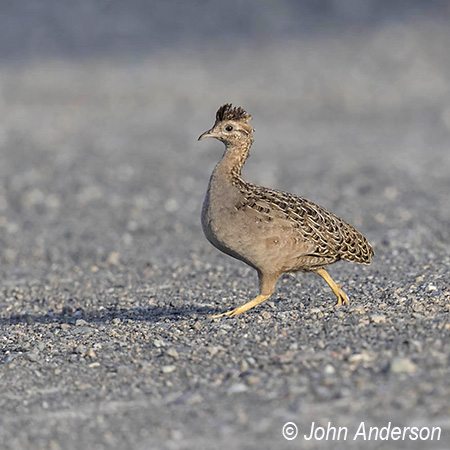
Text by Nicole Bouglouan
Photographers:
John Anderson
John Anderson Photo Galleries
Didier Buysse
Vision d’Oiseaux
Steve Garvie
RAINBIRDER Photo galleries
Eduardo Andrés Jordan
MIS AVES – AVES DE ARGENTINA
Otto Plantema
Trips around the world
Simon Tan
PBase Bird galleries
Alan & Ann Tate
AA Bird Photography
Sources of the text:
SOBRE LAS AVES DE ISLA DE PASCUA
THE NATIVE AND EXOTIC AVIFAUNA OF EASTER ISLAND: THEN AND NOW
What Happened To The Birds On Easter Island?
Fatbirder - The World’s Richest Information Resource about Birds for Birders
Wikipedia, the free encyclopaedia
Bird species list:
Endemic species - country - region:
Chilean Tinamou - Nothoprocta perdicaria - Tinamou perdrix
Other Bird species:
Arctic Tern - Sterna paradisaea – Sterne arctique
Black-browed Albatross - Thalassarche melanophris - Albatros à sourcils noirs
Black-winged Petrel - Pterodroma nigripennis - Pétrel à ailes noires
Bristle-thighed Curlew - Numenius tahitiensis - Courlis d’Alaska
Brown Noddy - Anous stolidus - Noddi brun
Buller’s Albatross - Thalassarche bulleri - Albatros de Buller
Cape Petrel - Daption capense - Damier du Cap
Chimango Caracara - Milvago chimango - Caracara chimango
Christmas Shearwater – Puffinus nativitatis – Puffin de la Nativité
Cocos Booby - Sula brewsteri - Fou des Cocos
Common Diuca Finch - Diuca diuca - Diuca gris
Franklin’s Gull - Leucophaeus pipixcan - Mouette de Franklin
Great Frigatebird - Fregata minor - Frégate du Pacifique
Grey Noddy - Anous albivitta - Noddi gris
Grey Plover or Black-bellied Plover - Pluvialis squatarola - Pluvier argenté
Henderson Petrel - Pterodroma atrata - Pétrel de Henderson
Herald Petrel - Pterodroma heraldica - Pétrel du Herald
House Sparrow - Passer domesticus - Moineau domestique
Juan Fernandez Petrel - Pterodroma externa - Pétrel de Juan Fernandez
Kelp Gull - Larus dominicanus – Goéland dominicain
Kermadec Petrel - Pterodroma neglecta - Pétrel des Kermadec
Masked Booby - Sula dactylatra - Fou masqué
Murphy’s Petrel - Pterodroma ultima - Pétrel de Murphy
Nazca Booby - Sula granti - Fou de Grant
Northern Giant-Petrel – Macronectes halli – Pétrel de Hall
Pacific Golden Plover - Pluvialis fulva - Pluvier fauve
Phoenix Petrel - Pterodroma alba - Pétrel à poitrine blanche
Polynesian Storm-Petrel - Nesofregetta fuliginosa - Océanite à gorge blanche
Red-footed Booby – Sula sula – Fou à pieds rouges
Red-tailed Tropicbird - Phaethon rubricauda - Phaéton à brins rouges
Rock Dove or Rock Pigeon - Columba livia - Pigeon biset
Rufous-collared Sparrow – Zonotrichia capensis - Bruant chingolo
Sanderling – Calidris alba - Bécasseau sanderling
Sooty Tern - Onychoprion fuscatus - Sterne fuligineuse
South Polar Skua - Stercorarius maccormicki - Labbe de Mc Cormick
Spectacled Tern or Grey-backed Tern - Onychoprion lunatus - Sterne à dos gris
Stilt Sandpiper - Calidris himantopus - Bécasseau à échasses
Tropical Shearwater - Puffinus bailloni - Puffin de Baillon
Wandering Tattler - Tringa incana - Chevalier errant
Waved Albatross - Phoebastria irrorata - Albatros des Galápagos
Wedge-tailed Shearwater - Ardenna pacifica - Puffin fouquet
Western Cattle Egret - Bubulcus ibis - Héron garde-bœufs
Whimbrel – Numenius phaeopus – Courlis corlieu
White-bellied Storm-Petrel - Fregetta grallaria - Océanite à ventre blanc
White-necked Petrel - Pterodroma cervicalis - Pétrel à col blanc
White-rumped Sandpiper - Calidris fuscicollis - Bécasseau à croupion blanc
White-tailed Tropicbird – Phaethon lepturus – Phaéton à bec jaune
White Tern – Gygis alba – Gygis blanche
EASTER ISLAND BIRD SPECIES
Easter Island is described as the most isolated, inhabited place on Earth. It is located 3,500 km from Chile and 7,066 km from New Zealand, 4,000 km from Tahiti and 8,000 km southeast of Hawaii.
It is also known as Rapa Nui and Isla de Pascua.
It was discovered by Jacob Roggeveen (1659-1729), a Dutch explorer, while he was searching for other continents. The island was named Easter Island because he landed there on Easter Sunday, April 5, 1722.
Since 1888, the island is a special territory of Chile in the south-eastern Pacific Ocean, located at the south-easternmost point of the Polynesian Triangle in Oceania.

Easter Island is famous for the nearly 900/1,000 gigantic stone statues Moai, created by the early Rapa Nui people. Archaeological excavations initiated in 1955, revealed that three distinct cultural periods are identifiable on the island.
Easter Island is a World Heritage Site, and much of the island is protected within Rapa Nui National Park.
The overall shape of the island is triangular and covers 163,6 km². It is 24,6 km long by 12,3 km at the widest point. The highest elevation is about 507 metres above sea-level.
Three freshwater crater lakes occur on the island, but no permanent streams or rivers. Easter Island is a volcanic place consisting mainly of three extinct volcanoes.
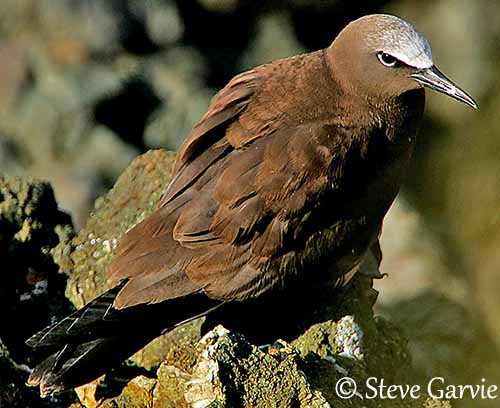
Easter Island and its closest neighbour Salas y Gomez Island are recognized as a distinct ecoregion with tropical moist broadleaf forests.
The original forests no longer exist today, but the remains found in local soils indicate that the island was formerly forested, including trees, shrubs, ferns and grasses. One of the dominant trees was a large palm tree, the Rapa Nui palm or Easter Island palm (Paschalococos disperta). It was cut down by humans, but the Polynesian Rats also played a very important role as they fed on palm nuts. The forest was gradually cleared too, for agriculture expansion. Today, there are no trees remaining on the island, leading to soil erosion.
On Easter Island, the winters are relatively mild and the rains occur mainly in May, but heavy rainfall and rainstorms occasionally shrike the island from June to August.
The lowest temperatures are recorded in July and August (15°C) and the highest in February (28°C).
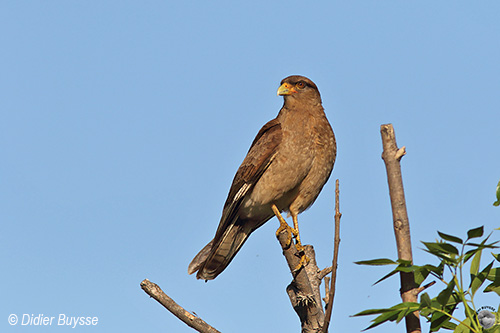
The arrival of humans, involving the Polynesian colonization of the South Pacific islands, caused one of the greatest extinctions of birds.
Easter Island was home of vast colonies of seabirds, with probably about 30 resident species.
Fossils were found, highlighting the presence of six species of land birds including rails, parrots, owl and heron, now extinct.
In 1722, when the island was discovered, the Dutch explorers reported that they did not find any trace of the Red-crowned Parakeet, probably hunted to extinction for food and feathers by the early settlers.
More recently, the Lava Gull disappeared from the island between 1944 and 1955, due to habitat loss and hunting pressure.
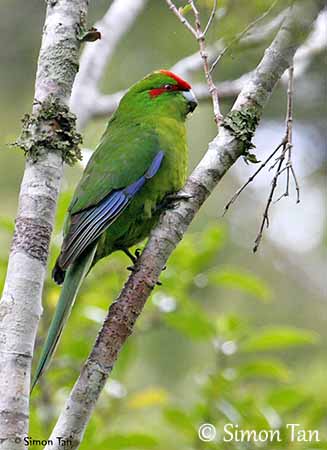
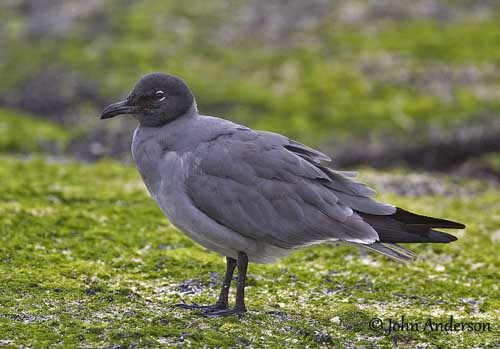
However, other land bird species have been introduced and breed on the island. Now, we can find the Chilean Tinamou (a Chilean endemic species introduced on Easter Island in 1888) the Chimango Caracara (the only bird of prey on the island, introduced as a predator to control the rodents), the Common Diuca Finch, the House Sparrow and the Rock Dove or Rock Pigeon.
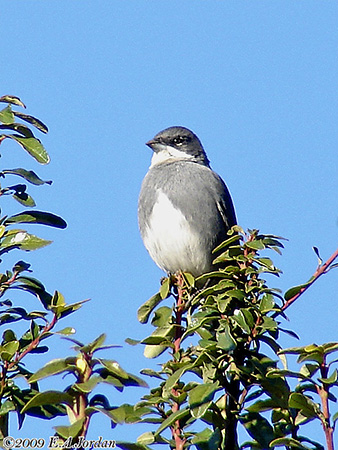
Numerous seabirds are also nesting on Easter Island. Among others, we can find the Brown Noddy, the Masked Booby, the Brown Booby, the Kermadec Petrel, the Henderson Petrel, the Herald Petrel and the Great Frigatebird.
Waders can be seen everywhere.
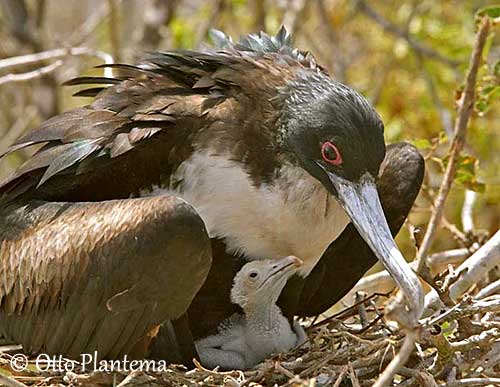
Pair
With chick
Today, the largest source of income is the tourism, because Easter Island is a fascinating place to explore. The 900/1000 massive statues Moai created by the early Rapa Nui people are what this island is famous for.
Easter Island is a World Heritage Site, and much of the island, including the Rapa Nui culture, is protected within Rapa Nui National Park. This also helps the islanders to do the same.
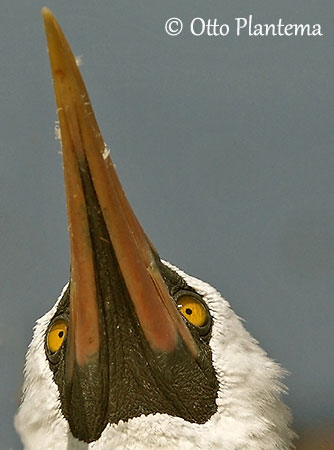
Formerly, the island was completely covered by palm trees and forests, and many land birds and other avian species were living in. But, following centuries of deforestation and degradation of natural resources by humans and invasive species, both terrestrial and seabird species where led to total extinction.
Fortunately, today, healthy populations of seabirds and some other land birds are observed on the island. They can be seen mainly in the late afternoon while they come back from the ocean to their breeding grounds.
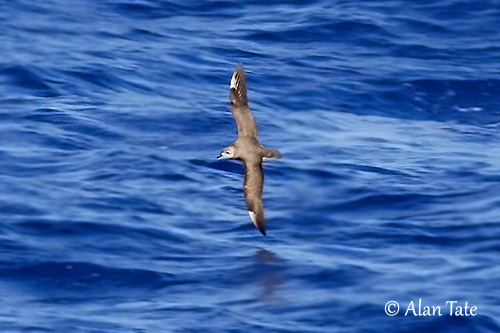
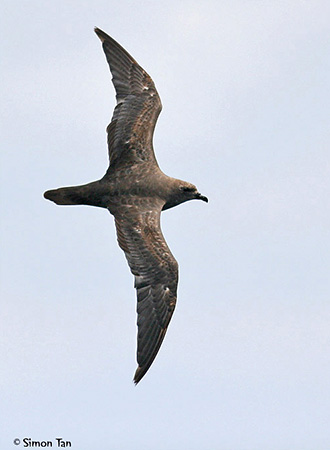
As a terrestrial bird, the Chilean Tinamou, a Chilean species introduced on Easter Island in 1888, is regularly observed on the island.
However, the Chimango Caracara appears today as a problem, because in addition to killing rodents, it also attacks the nests of seabirds to take their chicks. Some rumours suggest that the species could be eradicated from the island in the near future.
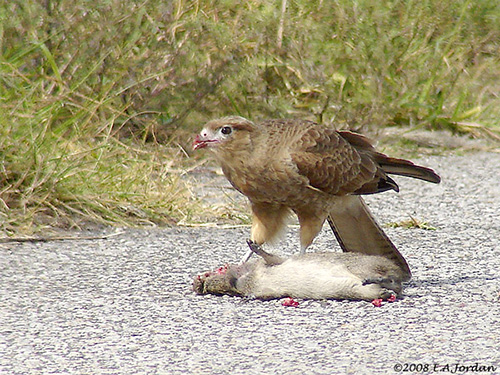
With prey
Let’s hope that all these birds will be able to continue living on Easter Island, and will benefit from effective and lasting protection.
The Moai are part of the past, but they are still present, so, why shouldn’t the birds too?